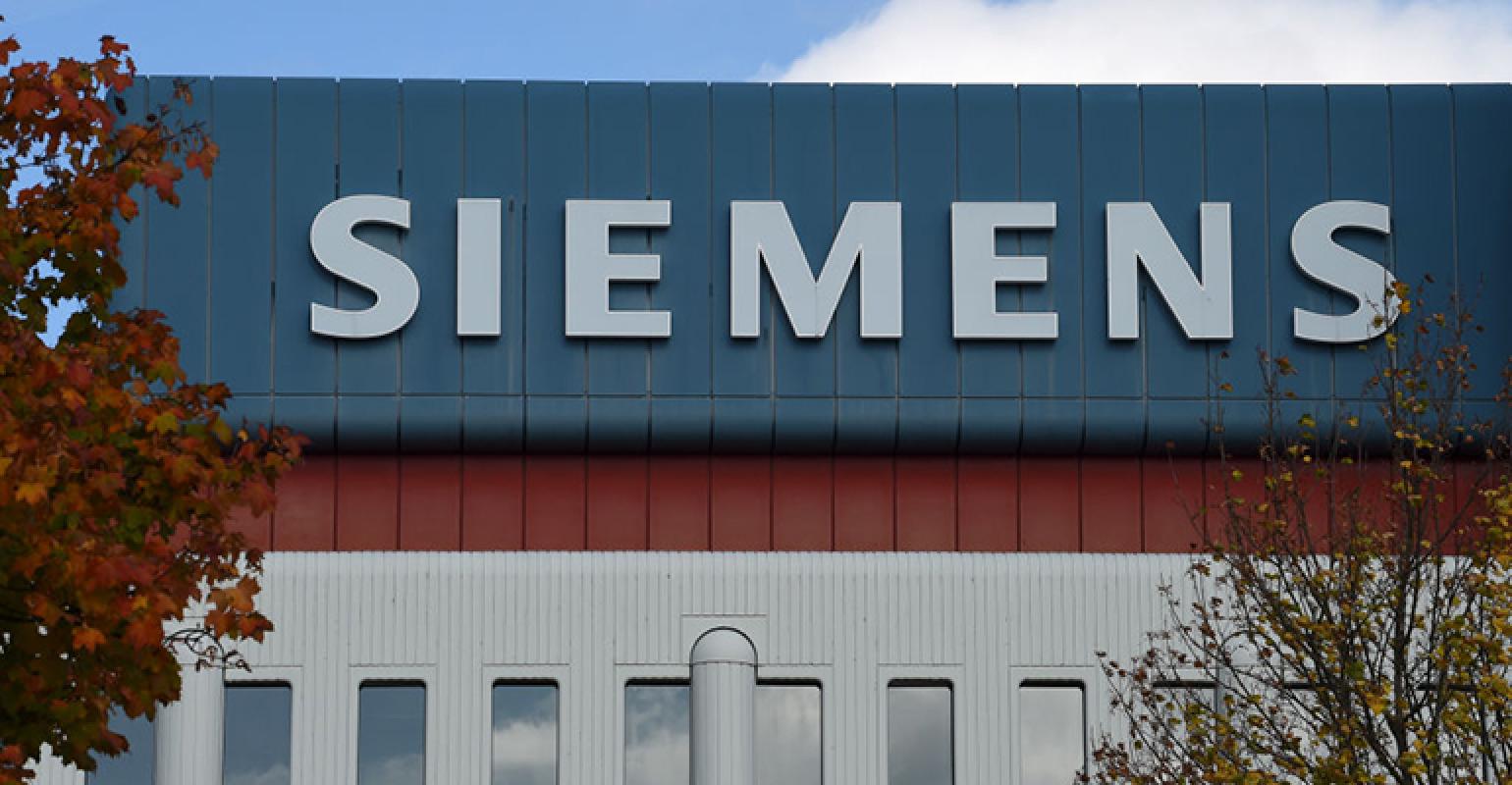“It is difficult to reconcile owning Siemens for its world-class automation, software franchise when this is driving negative earnings,” Morgan Stanley analyst Ben Uglow wrote in a note.
Downbeat Figures
Manufacturing in the euro area shrank for a sixth month at the start of the third quarter, dragged down by Germany’s worst slump in seven years. The downbeat figures come in the wake of reports showing slower economic growth in France, Spain and the euro area, with Italy stagnating. While part of the weakness is linked to troubles in the automotive industry, a continued downturn could spell more trouble.
Behind the economic statistics, an increasing number of companies like Siemens are also sounding the alarm. The German company is in the midst of an overhaul and is already shedding thousands of jobs. During the latest reporting period, profit declined a worse-than-expected 12% and the company said a target for sales growth will be harder to reach and another for profit margin will be at the lower end of a range.
“The assumptions we made in the first two quarters about the economic and political environment are no longer true,” Siemens Chief Financial Officer Ralf Thomas said, adding that the auto sector won’t improve for at least three quarters. “We’re taking countermeasures to secure our business’s profitability to the greatest extent possible.”
Chief Executive Officer Joe Kaeser has supervised a large-scale breakup of Siemens’s conglomerate structure, starting with a merger of the wind turbine division and a listing of the health-care division. The planned spinoff of the gas and power unit will be completed in 2020. The German executive also tried and failed to merge the train-making operation with that of rival Alstom SA. The move was partly motivated by the fate of rival conglomerate General Electric Co., which is showing signs of emerging from a troubled period.
Siemens’s new structure has greatly reduced the company’s need for people in central operations, where 2,500 job cuts are planned. In total, the company plans to cut more than 10,000 jobs, although Kaeser has said company also plans to hire about 20,000 in the same time.



